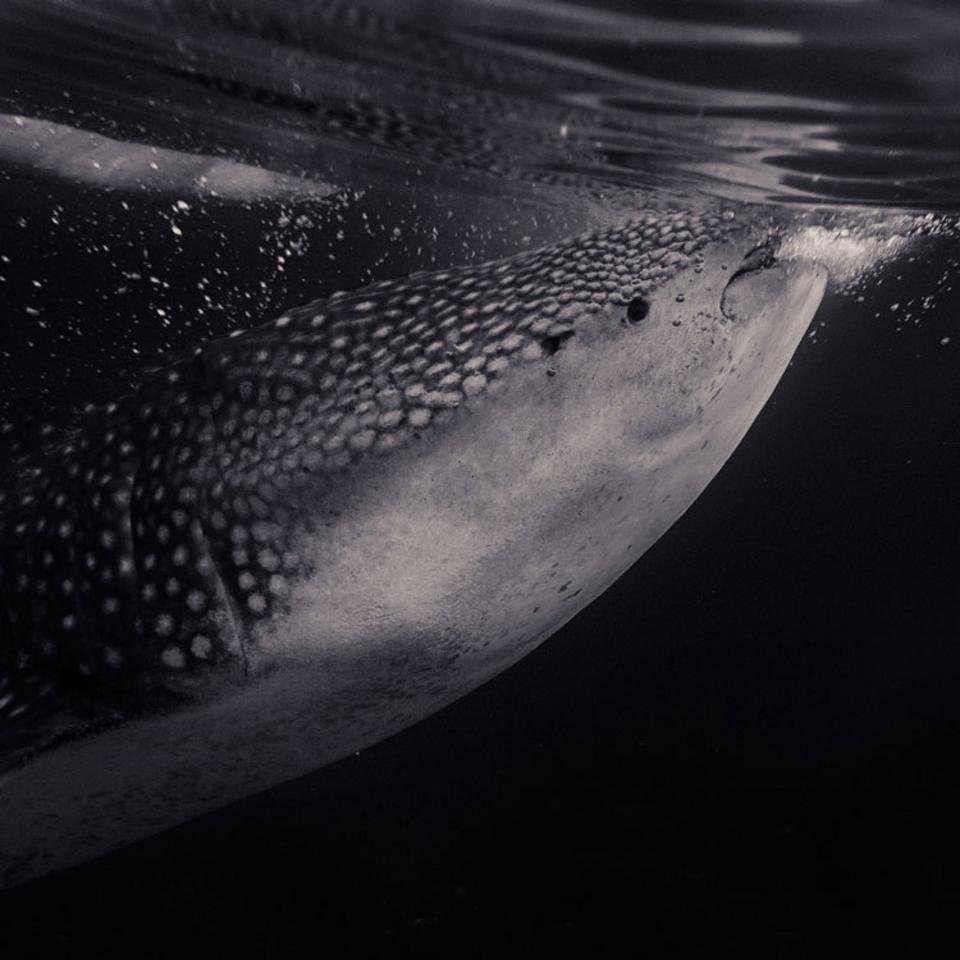A report assessing the risk to whale sharks from fishing in the Pacific Ocean was presented to the Western and Central Pacific Fisheries Commission (WCPFC) Scientific Committee meeting in Korea last month.
The WCPFC manages some of the world’s largest tuna resources. Whale sharks were one of four species of bycatch identified by the FAO’s Common Oceans Tuna and Biodiversity project as having an uncertain (and possibly not good) population status.
Dragonfly’s Phil Neubauer did the analysis. “Whale sharks can grow to about 15 m long. They are filter feeders, eating plankton and small fish, which they will dive quite deep to find. They behave more like whales than sharks, hence their name,” he says.
Like tuna, the species tends to frequent tropical and subtropical waters where there is food. Whale sharks can act as an aggregation device for tuna, so interactions with fishing are relatively common.
“There had been no large scale quantitative analysis of whale sharks, so we didn’t know if the amount of bycatch was sustainable for the population or not. But a qualitative review of the impacts had been compiled by experts for the ICUN Red List, which lists the species as Endangered.”
Phil built a model that predicted where there was suitable habitat across the Indo-Pacific region so he could work out what proportion of the population should be in the Pacific.
“We had a large data set recorded by observers on tropical tuna fishing vessels from 2006 onwards in the western Pacific. It enabled us to identify where the rates of interactions were high.
“There were a whole lot of unknowns for the species’ basic life history characteristics – we don’t know how often or where they breed or how many pups they have. We only know from a single sample that a female can carry up to 300 embryos, but we don’t know when they are released.”
Phil says that he was able to account for the large uncertainty in the input parameters and take it through the analysis, even through qualitative judgements had to be applied.
The report to the committee concluded that the risk from fisheries is moderate to low but not insignificant, given other potential sources of mortality and uncertainty. It suggested that best-practice protocols should be applied when sharks are released.
“Although some die before they are released, if you treat them gently when they’re caught, we know they do survive – at least in the short term.”
Read the risk assessment report: Risk to the Indo-Pacific Ocean whale shark population from interactions with Pacific Ocean purse-seine fisheries.
See a news story about our work mapping turtle distribution in the Pacific Ocean.


